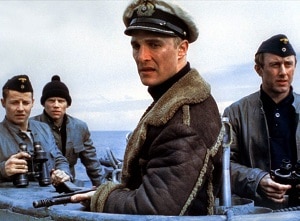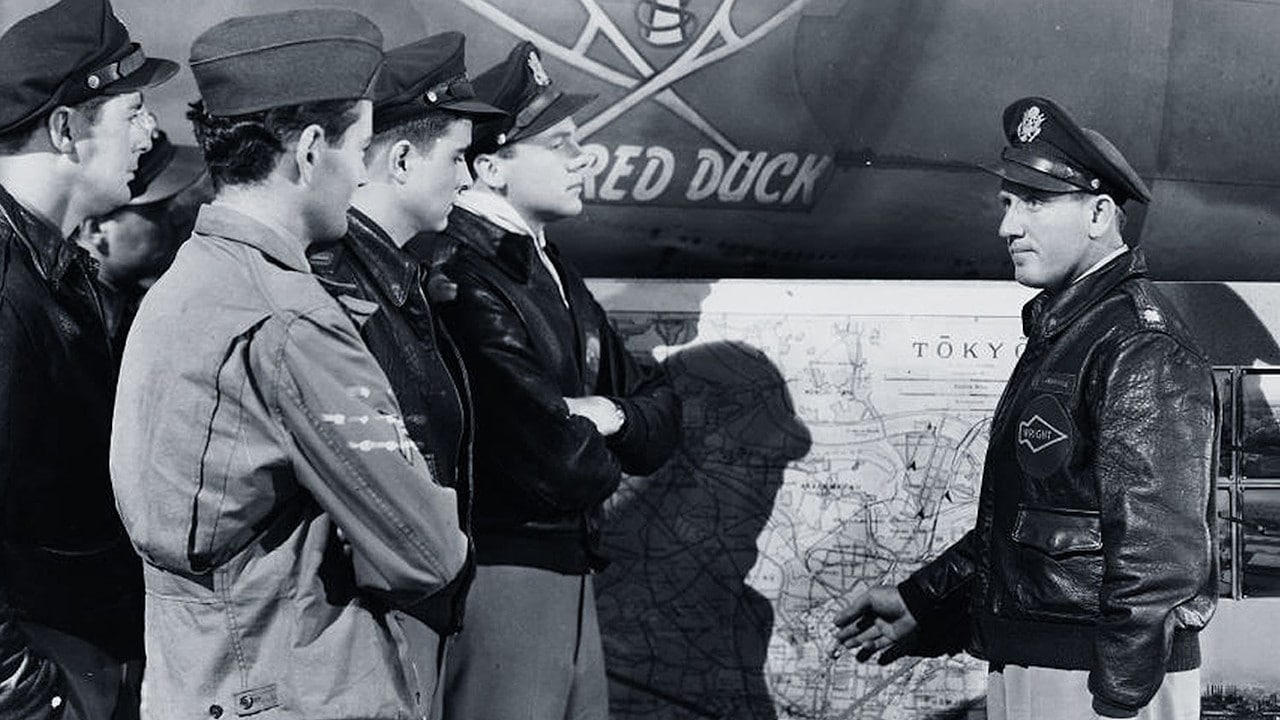While only 130 movies have been made about World War I, there have been 1,300 made about the World War II. Hollywood liberals see it as the last morally unquestionable war, and so are keen to return to it again and again, replete with its feel-good factor.
Two of the most extraordinary episodes from WWII are to be released as new movies, which should fill historians and movie buffs with a mixture of delight and trepidation.
The first is the daring killing of SS-Obergruppenführer Reinhard Heydrich in May 1942 on a hairpin bend on his daily journey to Prague Castle by the heroic Czech sergeants Jan Kubis and Jozef Gabcik. The incident will be immortalized in a film called Anthropoid, which has just come out in the U.S. and will be released next month in the UK. Starring Cillian Murphy and Jamie Dornan, its title comes from the British Special Operation Executive’s codename for the assassination.
Meanwhile, the historian Stephen Harding’s bestselling book The Last Battle has gone into production in Hollywood, which tells the true story of how Allied soldiers joined forces with the German regular army to stop the SS massacring Hitler’s most senior VIP hostages in a remote castle in the last days of the war.
If these truly remarkable stories are told with anything like the attention to the facts, they both ought to be great additions to the enormous genre of WWII movies. However, Hollywood has a very long history of getting basic, important things completely wrong when it comes to that conflict, and often totally unnecessarily.
The blasé disregard for historical truth displayed by Hollywood film-making on so many occasions is a phenomenon that was brilliantly sent up by the clerihew poem:
Cecil B. de Mille,
Rather against his will,
Was persuaded to leave Moses
Out of The Wars of the Roses.
Of course, by definition, Hollywood movies fictionalize the truth but taking egregious historical liberties with a conflict of such significance as WWII matters more than standard cinematic deviations from reality.
In The Battle of the Bulge (1965) one of the great military engagements in history was reduced to an effort by a German armored column to capture U.S. fuel supplies while riding around in American-made tanks borrowed from the Spanish Army as props. Because the movie was filmed in Spain there was also no snow, which in fact covered the whole battlefield throughout the real battle from December 1944 to January 1945.
The film’s opening narration states: "To the north, stood Montgomery’s Eighth Army. To the south, Patton’s Third Army." In fact, Montgomery’s command was the 21st Army Group. The 8th Army, Montgomery’s previous command, was actually in Italy at the time.
The Michael Bay movie Pearl Harbor, starring Ben Affleck and Kate Beckinsale, was so full of basic errors that Air Force News devoted two pages of its magazine to just listing them, the most absurd being the way the hero transfers from being a fighter pilot into a bomber pilot, and changes services between the USAAF and the RAF, though there were dozens of others.
The mistakes made in Brad Pitt’s truly historically dreadful film Fury occupy endless pages in cyberspace. Both were too removed from any kind of reality for me to sit through them to the end.
Tony Blair in parliament condemned the 2000 Hollywood movie U-571, starring Matthew McConaughey, which showed Americans capturing the Enigma machine that allowed the German naval codes to be cracked—as an insult to the Royal Navy. It was HMS Bulldog that captured the machine from U-110 on May, 9, 1941.

Similarly, Operation Burma was withdrawn in the UK after the Errol Flynn film depicted the Americans recapturing Burma during WWII—when in reality, it was almost entirely a British, Indian and Commonwealth conflict. “It’s essential both for the enemy and the Allies to understand how it came about that the war was won,” an editorial in The Times explained. “Nations should know and appreciate the efforts other countries than their own made to the common cause.” When it finally went on general release it was shown with an accompanying apology.
The urge to Americanize also proved irresistible in movies such as The Great Escape, even though in real life there was no Steve McQueen character and no Americans went down the escape tunnel, as there were none in Stalag Luft 3. The many Canadians who worked on the tunnel and escaped were barely mentioned in the film.
Some movies have altered perceptions of the war itself. Historian W. Patrick Lang has pointed out how the story of the Pacific War has been twisted over the decades to become what is essentially a PR success for the U.S. Marine Corps. After WWII, General George C. Marshall, the US Army Chief of Staff, had in mind a plan to trim the Marines back to little more than a small naval landing force, naval prison guards, detachments on board capital ships and the like. The Marines were saved from that fate by John Wayne’s movie Sands of Iwo Jima.
“This film made such an impression on the collective American mind that a massive reduction in marine force structure became impossible,” argues Lang. There is no mainstream postwar Hollywood epic centered on the Philippines Campaign of 1944-45 in which about 300,000 Japanese soldiers died, probably because virtually no Marines took part in the Philippine campaign.
Overall, black-and-white movies were more accurate than recent ones, as there were more people alive in those days to rebuke producers and studios if they weren’t, and they also hired veterans as consultants. One of the greatest color movies of WWII, Patton, was co-produced by no less a figure than Frank McCarthy, who had been military secretary to General Marshall.
People of that caliber got small things right as well as big ones, because people cared in those days in a way that only a few historians and pedants—the two are not mutually exclusive—do today.
Yet distance in time does not lessen the number of WWII movies coming out. Recently we’ve seen The Book Thief, The Railway Man, Stalingrad, The Monuments Men, Fury, Unbroken, The Imitation Game and Suite Française, with varying degrees of verisimilitude to actual events.
We must just hope that Anthropoid and The Last Battle are as good as the stories they tell, but after Fury and Pearl Harbor, anything is possible. Even a cameo role for Moses.
 |
 Nothing Ever Happens Shirt $21.68 |
 |
